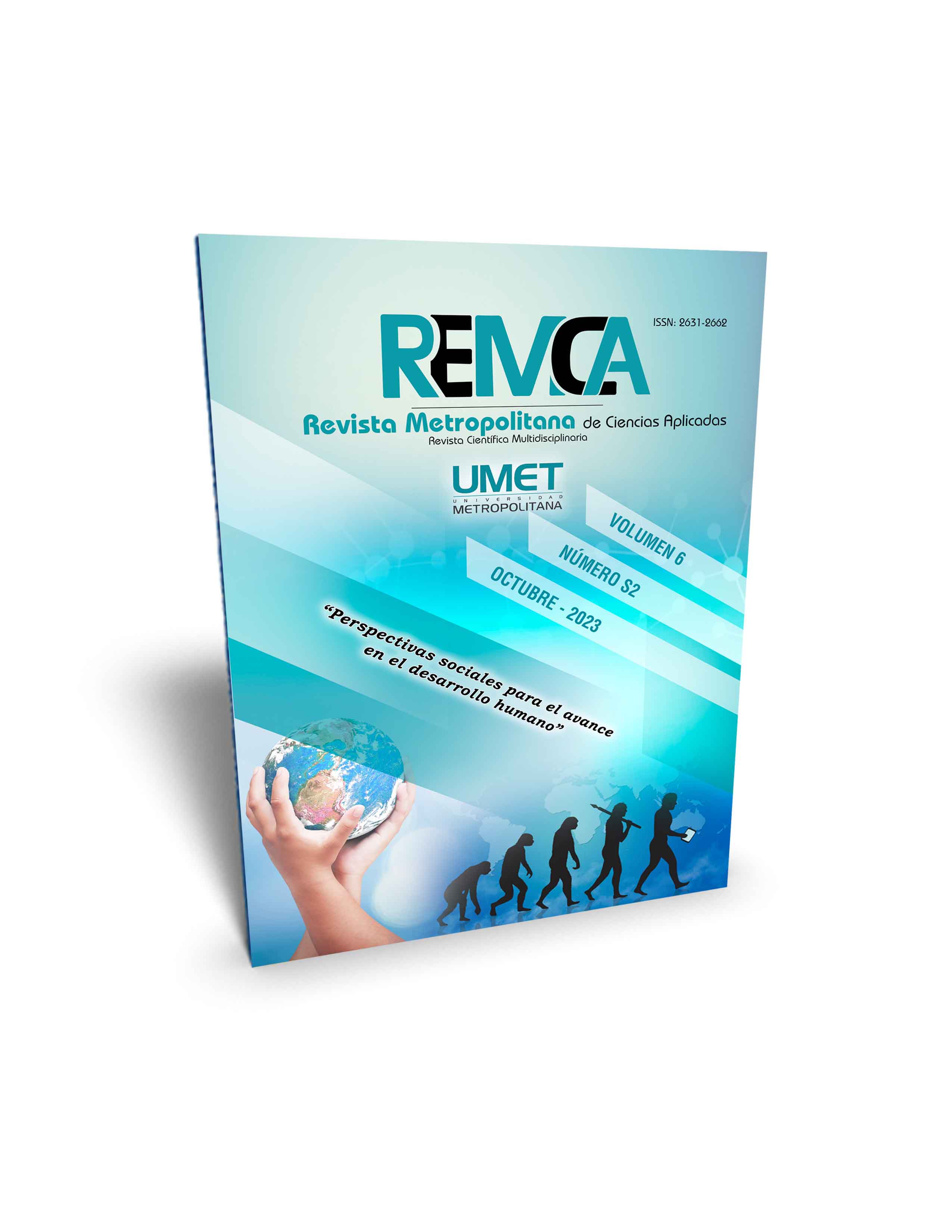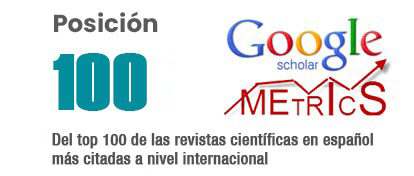Moral damage in the termination of the employment contract
DOI:
https://doi.org/10.62452/hycjwp70Keywords:
Employment contract, Moral damage, reparation, damage, rescissionAbstract
The objective of this article is to determine if it is feasible to compensate moral damages, the result of the termination of the employment contract. Methodologically, it is a study with a qualitative approach, applying the methods: inductive - deductive, in addition to the historical-logical, as a detailed study is necessary regarding the termination of the employment contract and moral damage, with the assumptions for the existence and relationship from both. Understanding that the termination implies the action of terminating the labor relationship in a consensual manner or by discretion of one of the parties, to move to an approach to situations that lead to an affectation of very personal rights, opening the possibility of incurring moral damage. , which must be compensated by compensation and other non-pecuniary compensation if appropriate, due to restitutio in integrum or full restitution. However, compared to moral damage, this is subjective. Concluding that the possibility of terminating a contract can attend to unjustified causes, injurious accusations or contractual breach in the framework of the affectation of very personal rights, which includes the worker and employer, having to justify the existence of the damage and its link with the factual element.
Downloads
References
Aedo Barrena, C., & Munita Marambio, R. (2023). La vinculación entre el concepto y la prueba del daño moral: Un análisis jurisprudencial. Revista de Derecho (Coquimbo. En línea), 30.
Aedo, C. (2019). Facultad Unilateral de Terminar El Contrato,RCHDP 33, 2019. Revista Chilena de Derecho Privado, 33, 73-96.
Brebbia, H. (2019). El daño moral. Barsola.
Congreso Nacional de Chile. (1931). Código de Trabajo. https://www.bcn.cl/leychile/navegar?idNorma=4941
Congreso Nacional de Colombia. (1961). Código Sustantivo de Trabajo). Diario Oficial 30694.
Diez, L. (2021). Derecho de Daños. Civitas.
Echeverri, D., & Laverde, S. (2017). Subordinación laboral como elemento esencial de un contrato. Universitaria.
Ecuador. Congreso Nacional. (2005a). Código Civil. Registro oficial Suplemento N° 46. https://www.defensoria.gob.ec/images/defensoria/pdfs/lotaip2014/info-legal/Codigo_civil_titulo_preliminar.pdf
Ecuador. Congreso Nacional. (2005b). Código de Trabajo. Registro Oficial Suplemento 167. https://www.trabajo.gob.ec/wp-content/uploads/downloads/2012/11/C%C3%B3digo-de-Tabajo-PDF.pdf
Honorable Congreso de la República de la Nación Argentina. (1974). Ley de contrato de trabajo. https://www.argentina.gob.ar/normativa/nacional/ley-20744-25552/actualizacion
Mazeaud, H. (2019). Lecciones del Derecho Civil. Ediciones Jurídicas Europa - americano.
Méndez, A. (2018). Daño Moral laboral. Universidad Autónoma de Madrid.
Montero, A. (2020). Recurso de Casación Contencioso-Administrativo (L.O. 7/2015). Tribunal Supremo. Sala de lo Contencioso. https://www.poderjudicial.es/search/TS/openDocument/bad4ed05ac733b0a/20200601
Páez Salgado, D. (2015). ¿Daño moral por incumplimiento de contrato? Iuris Dictio, 14(16).
Parellada, C. (2018). La cuantificación del daño a la persona. Revista de Derechos de Daños, 6.
Represas, T. (2017). Tratado de Responsabilidad civil. La ley.
Ugarte, M. (2019). La proliferación de estatutos laborales especiales. https://www.cielolaboral.com/wp-content/uploads/2019/08/lopez_noticias_cielo_n7_2019.pdf
Villacrés, J. (2022). El daño moral a consecuencia del despido intempestivo. Revista Sociedad & Tecnología, 5(S1), 1-16.
Downloads
Published
Issue
Section
License
Copyright (c) 2023 Karen Irina Loor-Pinargote, Daniela Fernanda López-Moya (Autor/a)

This work is licensed under a Creative Commons Attribution-NonCommercial-ShareAlike 4.0 International License.
Authors who publish in Revista Metropolitana de Ciencias Aplicadas (REMCA), agree to the following terms:
1. Copyright
Authors retain unrestricted copyright to their work. Authors grant the journal the right of first publication. To this end, they assign the journal non-exclusive exploitation rights (reproduction, distribution, public communication, and transformation). Authors may enter into additional agreements for the non-exclusive distribution of the version of the work published in the journal, provided that acknowledgment of its initial publication in this journal is given.
© The authors.
2. License
The articles are published in the journal under the Creative Commons Attribution-NonCommercial-ShareAlike 4.0 International License (CC BY-NC-SA 4.0). The terms can be found at: https://creativecommons.org/licenses/by-nc-sa/4.0/deed.en
This license allows:
- Sharing: Copying and redistributing the material in any medium or format.
- Adapting: Remixing, transforming, and building upon the material.
Under the following terms:
- Attribution: You must give appropriate credit, provide a link to the license, and indicate if any changes were made. You may do this in any reasonable manner, but not in any way that suggests the licensor endorses or sponsors your use.
- NonCommercial: You may not use the material for commercial purposes.
- ShareAlike: If you remix, transform, or build upon the material, you must distribute your creation under the same license as the original work.
There are no additional restrictions. You may not apply legal terms or technological measures that legally restrict others from doing anything the license permits.




